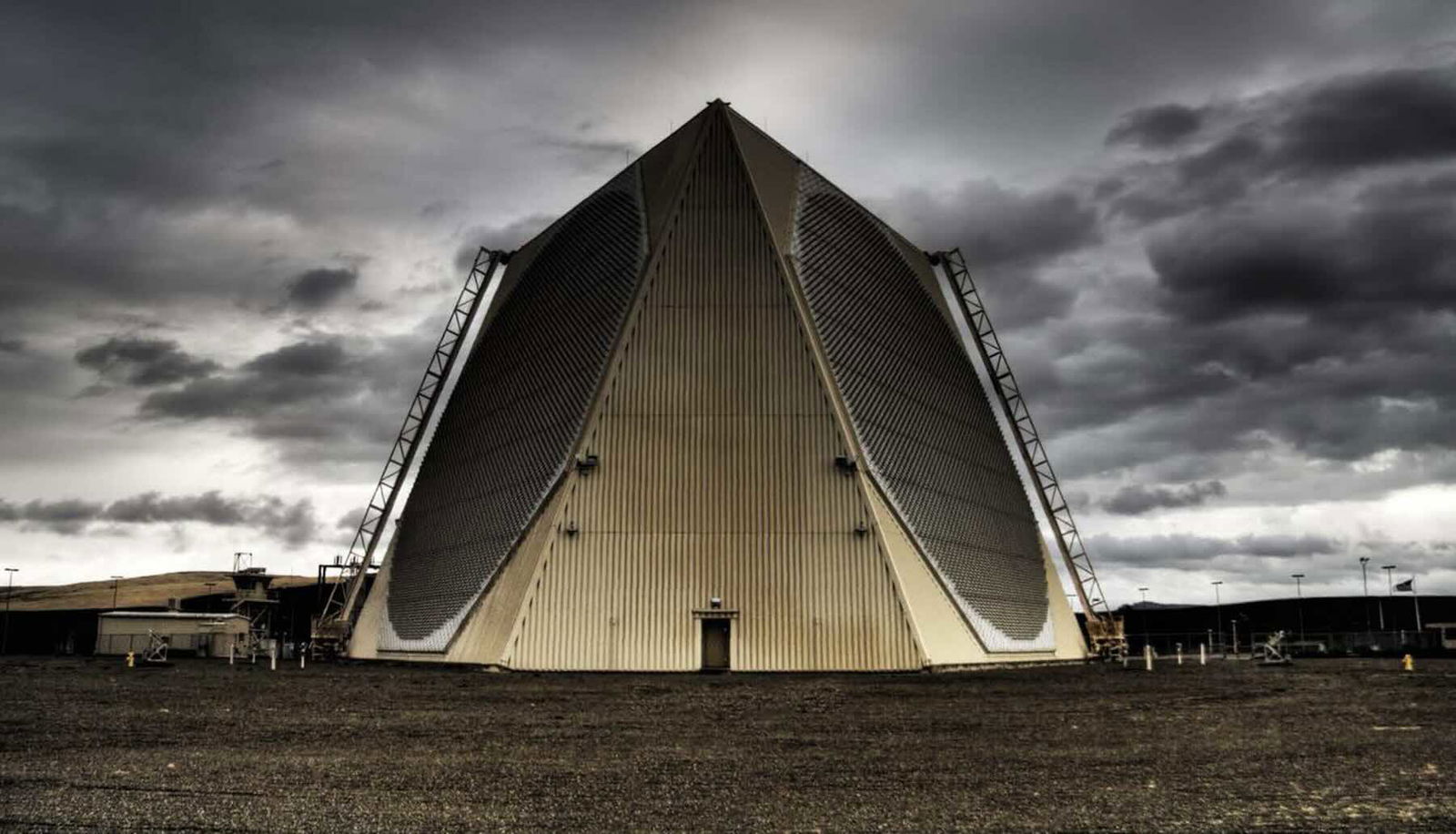The U.S. government has made significant strides in addressing the longstanding enigma of unidentified anomalous phenomena (UAP) in recent years. Congress’s establishment of the All-Domain Anomaly Resolution Office (AARO) and its demand for annual unclassified reports on the subject were crucial steps toward transparency and accountability.
However, there are still major air and space surveillance information stovepipes that bypass AARO and Congress, preventing these organizations from fully understanding what is occurring and how best to respond.
Here, I will describe the problem and provide pragmatic options for enhancing Congressional oversight, strengthening public trust, and advancing our understanding of these phenomena.
Tactical Reporting, Strategic Silence
Since Congress established AARO in 2022, over 1,200 official new UAP reports have been submitted to AARO. This represents great progress, but the frequency of these “tactical” reports makes it hard to understand the near-total absence of UAP reporting from the massive radar and space surveillance systems operated by the U.S. military and Intelligence Community. The examples below should help Congress and the public better appreciate the disconnect between tactical UAP reporting, primarily from military personnel aboard ships and aircraft, and what appears to be an embargo on UAP reporting to AARO and Congress from America’s massive aerospace monitoring systems.
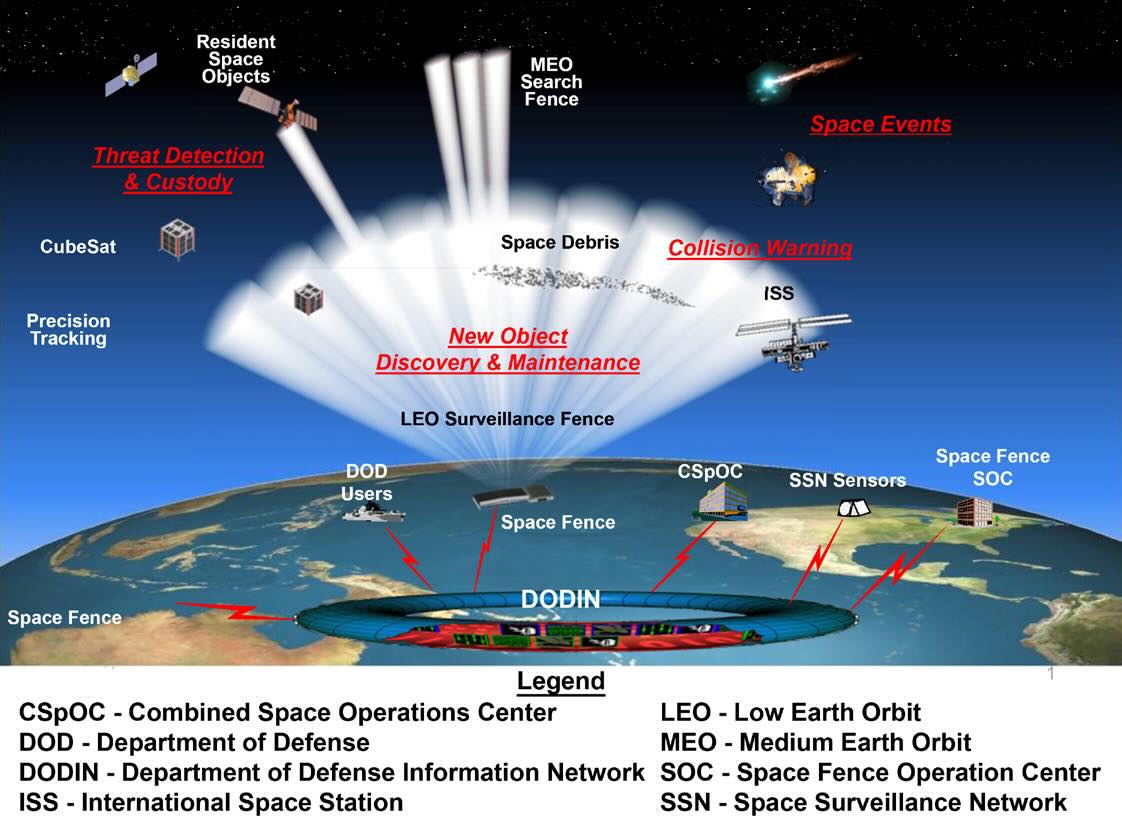

As I have described elsewhere, a few examples include the Space Fence, NORAD’s Solid-State Phased Array Radars (SSPAR), the Global Electro-Optical Deep Space Surveillance System (GEODSS), the Space-Based Infrared Monitoring System (SBIRS), the Global Infrasound Monitoring System, and the Navy’s Integrated Undersea Surveillance System (IUSS), among others. The 2024 AARO report acknowledges that “During the reporting period, AARO did not receive any UAP reports collected through national GEOINT, SIGINT, or MASINT platforms.” It is not that we should expect routine UAP detection from all these systems; still, the total absence of reporting from national systems, while tactical radars and other sensors routinely detect and report UAP, raises serious questions about support for AARO and compliance with Congressional UAP reporting requirements.
What is the basis for thinking UAP-related information from these systems is not being shared with AARO or Congress?
1. Attempted Air Force Intercepts of UAP
Given the current lack of transparency, we don’t know how often this occurs, but the Air Force does, with some frequency, detect UAP and launch fighter aircraft to intercept them. I know this from interviewing retired NORAD watch officers and pilots, in addition to reviewing FOIA documents in the collections of civilian UAP research organizations. Indeed, the size, power, and range of U.S. aerospace monitoring systems guarantee that these systems will detect anomalies from time to time. Regrettably, neither AARO nor Congress is notified of these air intercept incidents despite their great potential significance. I understand that AARO has learned about some of these incidents, but long after the fact, making it difficult to locate the pilots and impossible to recover fighter sensor data..
For example, on October 25, 2018, two F-15s based in Portland, Oregon, were scrambled in an attempt to intercept a fast, high-flying unidentified object that had penetrated U.S. airspace from the Pacific. I checked with AARO and confirmed that the Air Force failed to submit a report about this incident. Another case involving an even more anomalous object came to light in November 2023 when someone in the Air Force made a “protected disclosure” to their local Representative, former Congressman Matt Gaetz (R-FL). This intriguing case involved an Air Force fighter intercept of one of 4 objects detected hovering in a diamond-shaped formation off the coast of Florida near Eglin Air Force Base.
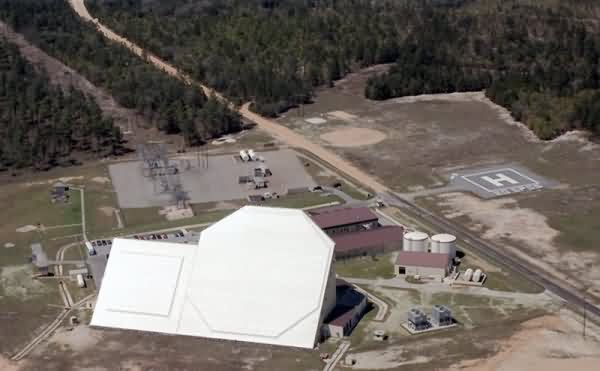

The UAP reportedly interfered with the fighter’s onboard sensor systems, a pattern observed on numerous other occasions, including the famous Nimitz incident. The object also had a bizarre, bulky configuration, reminding the pilot of a lunar lander. Both cases came to light by chance; the first was due to an alert reporter who learned from FAA sources of the incident over Oregon, and the latter was due to a rare “protected disclosure.”
These and other inadvertently disclosed cases help confirm that the Air Force detects and attempts to intercept UAP despite its historic denials regarding UAP detection. In that regard, I was shocked to learn that in the first unclassified report on UAP incidents submitted to Congress in June 2021, the Air Force failed to provide a single instance of a UAP encounter from 2004 through at least 2019.
In speaking with government officials, I’ve learned the Air Force still does not share attempted UAP intercepts with AARO or Congress even when an anomalous object is clearly involved, as was the case with the objects described in the protected disclosure to the office of Representative Gaetz in 2023. Although AARO sometimes learns of these incidents after the fact, it is typically too late to obtain aircraft sensor data or easily locate and interview the pilots. Hence, due to shoddy communications and lack of compliance with Congressional notification requirements, neither Congress nor AARO know whether these intrusions are rare or commonplace. Congress, therefore, cannot assess NORAD detection and intercept capabilities or evaluate the adequacy of US air defenses. Are such incidents rare or commonplace? Is there a pattern pointing to a common source of these intrusions? Do any of these cases indicate aerospace capabilities that exceed those of the US military?
Hopefully, once the oversight committees become aware of this issue, they will agree that withholding this important data is an inappropriate and unacceptable violation of current requirements for timely notification of all UAP incidents to AARO. Further, in light of the Chinese spy balloon incident and the growing number of UAS/UAP intrusions over U.S. military bases at home and abroad, Congress should request a detailed report on attempted fighter intercepts of UAP.
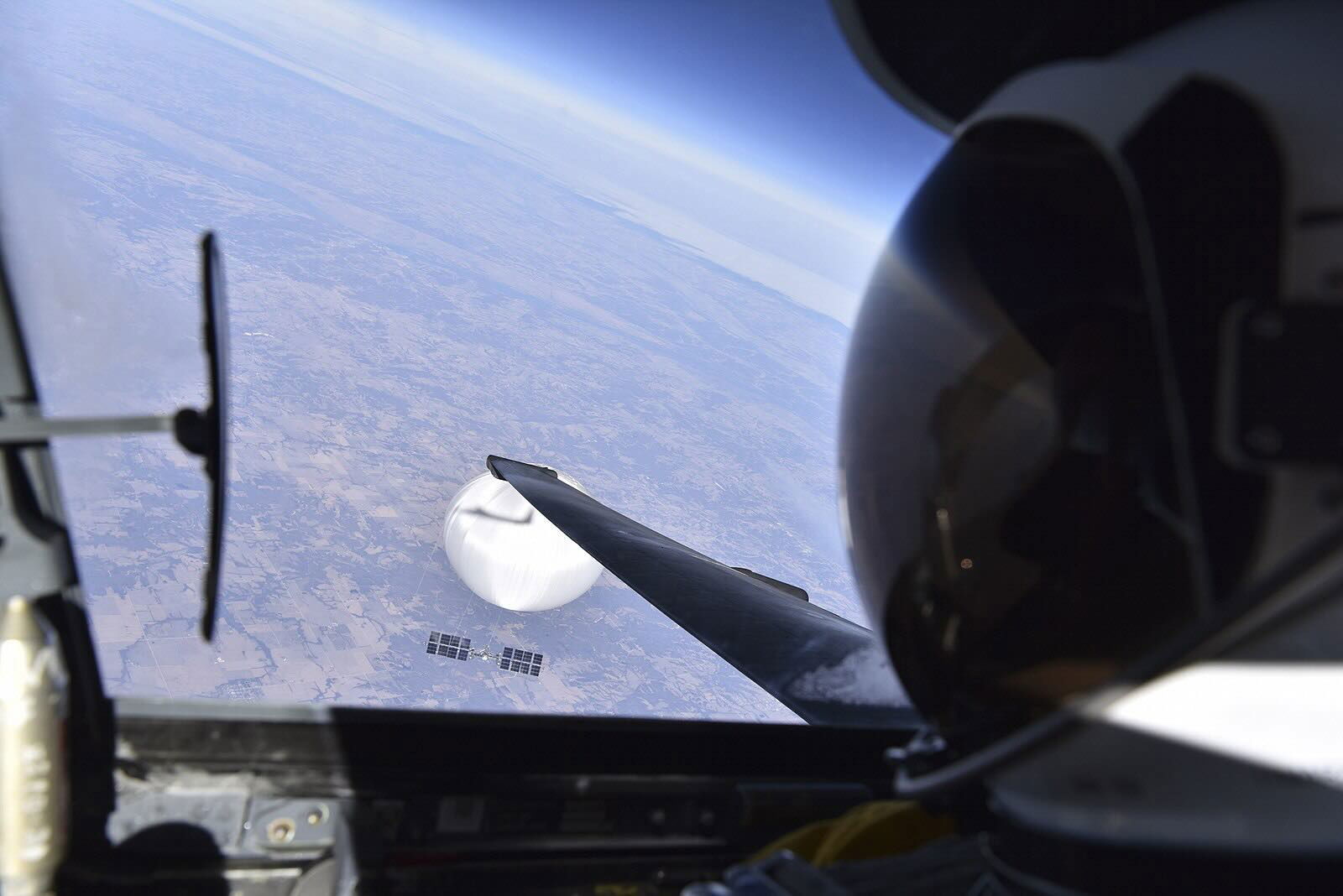

This can help Congress place the Chinese spy balloon, as well as intrusions over Langley AFB in late 2023 and similar incidents, into a more meaningful context. AARO and Congress both deserve to have the full benefit of any UAP data gleaned by NORAD radar sensor systems and interceptors.
Summary & Recommendation:
Critical NORAD intercept data that could provide important insights regarding the effectiveness of U.S. air defenses is not reaching AARO or Congress. Therefore, I suggest Congress request a report from NORAD or NORTHCOM on attempted fighter intercepts dating back to 2004 to align with other UAP data already requested and provided to Congress. Additionally, Congress should require NORAD to promptly inform AARO of all attempted intercepts going forward. These simple steps will help to ensure that critical UAP and air defense data is not lost. This can be done without costing taxpayers a penny. The impact could be substantial if this requirement opens a new window on violations of US airspace and the ability of US air defenses to engage these unidentified objects.
2. National Air and Space Monitoring Systems
AARO’s Fiscal Year 2024 Consolidated Annual Report on Unidentified Anomalous Phenomena identifies 49 cases of UAP that appeared to be operating in space. However, the AARO report is quick to point out that all of these reports came from pilots or ground observers looking up into the night sky. Once again, something seems amiss regarding the mismatch between national and tactical military surveillance. Why is it that none of America’s unparalleled space surveillance systems captured and reported what these pilots observed? Did these systems actually fail to capture any data, or is this another case, like the NORAD intercepts, in which the information is simply not being shared with AARO or Congress? If the pilots and ground observers were mistaken, cross referencing with these systems could help confirm that as well.
For example, why did the Ground-Based Electro-Optical Deep Space Surveillance System (GEODSS) not notify AARO of any of the lights reported by commercial airline pilots high above the Pacific last year? As AARO notes in its own report, these lights appeared to be objects operating above the so-called Kármán line, officially marking the boundary between Earth and space, 100 kilometers above the Earth. GEODSS’ telescopes are pointed at the sky all night long, recording lights (mostly satellites) moving against the background of the stars. It is not clear why so many pilots are reporting bright, maneuvering lights at extremely high altitudes, yet none of the GEODSS systems monitoring the same night skies reported any UAP.


It is not as though UAP detection by GEODSS is unprecedented. Many years ago, I asked a colleague visiting the Maui GEODSS site to inquire if the system had recorded anything ‘unusual’ in the night skies lately. Sure enough, just a month or so earlier, the system recorded what appeared to be 4–5 bright objects traveling parallel to the horizon. They appeared to be too slow and level to be meteors but too fast, high, hot, and bright for conventional aircraft. Site personnel had no idea what the objects were and, in those days, had no incentive to acknowledge or report the data. That incident occurred in the 1990s, when the GEODSS system was far less capable than it is today. However, that random experience makes it difficult to believe that, in all the years since, none of the U.S. GEODSS sites have detected anomalies. Again, this seems more likely to be a failure of reporting.
GEODSS is hardly the only space surveillance system failing to report anomalies. As noted above, AARO states in its latest report that it “did not receive any UAP reports collected through national GEOINT, SIGINT, or MASINT platforms.” The lack of UAP reporting from NORAD and all of these national systems stands in stark contrast to the hundreds of UAP being reported annually by military personnel manning military ships and aircraft. I do not believe there have been any UAP reports from the Navy’s global submarine monitoring system either, despite multiple historical instances of UAP observed entering or departing the ocean and occasional reports from personnel serving aboard US Navy submarines.
Although I have alluded to it above, this incredible disconnect between Navy and Air Force UAP reporting is so significant it warrants a bit of additional elaboration. Again, in the first public UAP report delivered to Congress in 2021, 144 military UAP incidents were identified from 2004 through 2021. The US Navy submitted all but a handful of these UAP incidents, despite the Air Force’s responsibility for US air defense, Air Force control of virtually all air defense systems, and Air Force command of NORAD and its massive sensor network. The Air Force also has far more aircraft than the Navy, and its F-22 and F-35 aircraft have far more capable sensor systems than US Navy F-18s. Air Force AWACS aircraft surpass their Navy counterparts in number and capability. There have been many cases where Air Force F-22 fighters, using the same training ranges as US Navy F-18 fighters, failed to report the UAP detected by the Navy aircraft despite superior sensor systems. In sum, there seems to be a major bottleneck in Air Force UAP reporting. Given the Air Force’s dominant control of strategic air defense systems, this is a significant problem.
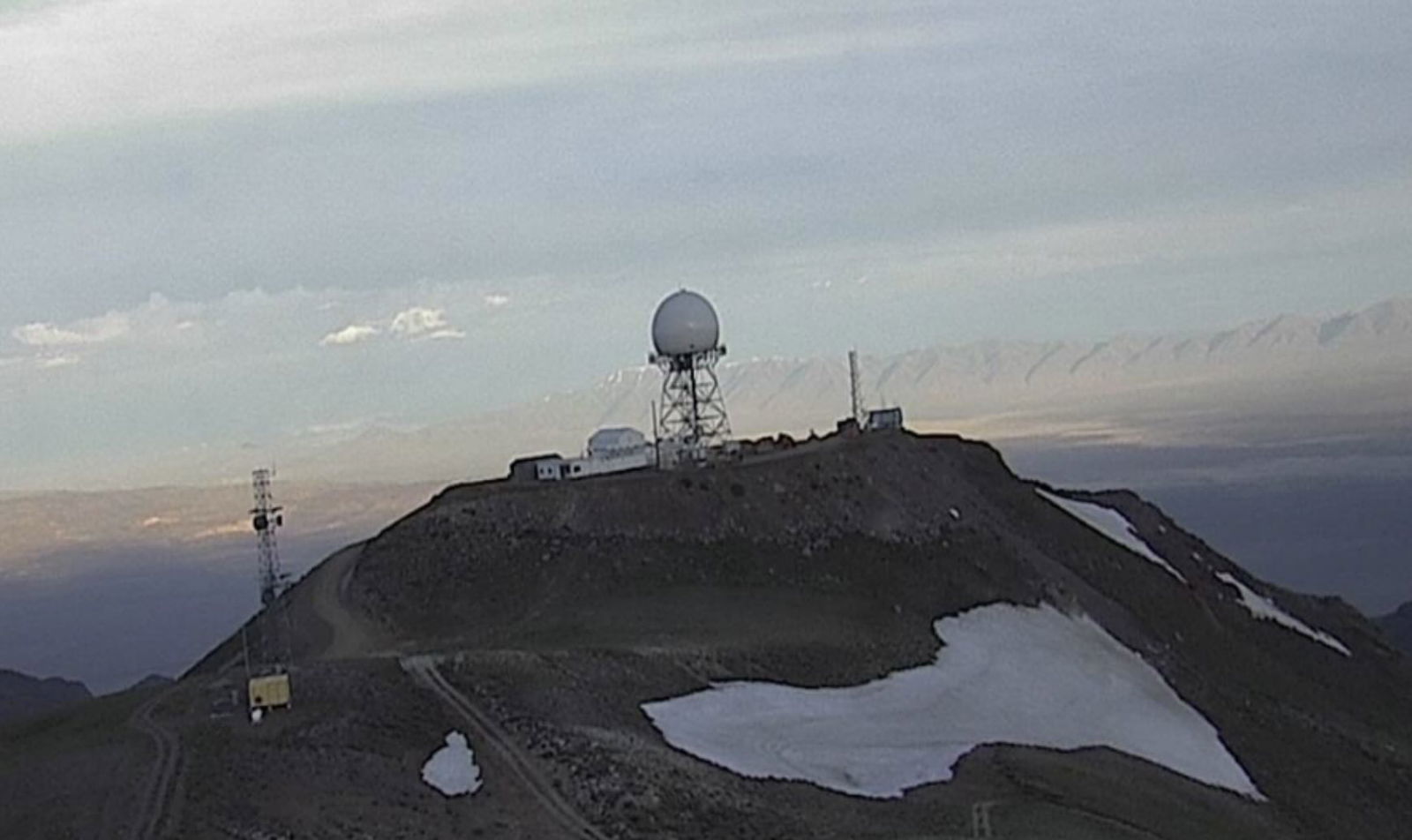

NORAD admits it tracks thousands of “uncorrelated targets” each year; are we expected to accept that none are potentially UAP? Why do radars aboard Navy ships operating off the East and West coasts sometimes detect and report UAP (as in the case of the 2004 Nimitz incident), while the far more extensive and powerful NORAD radars covering these same areas fail to report any UAP to AARO or Congress? I hope I am wrong, but it is my understanding that AARO has not received a single UAP report from NORAD’s massive sensor network, the GEODSS system, the Space Fence, or any of the military’s other strategic air and space surveillance systems. In light of what we know from declassified documents and retired military personnel, as well as the size, range, power, and vast areas continuously monitored by national systems such as the Solid State Phased Array Radar Network (SPAR), the prospect that these systems never detect anomalies is utterly implausible.
These reporting failures must, therefore, be the result of one or more of the following:
● These systems are not functioning properly.
● They are detecting UAP, but, as with the Chinese balloon, outdated filters prevent these systems from displaying UAP data because the objects do not match known threat profiles.
● Air Force personnel are unwilling to acknowledge and report what they observe due to prevailing stigmas and fear of the impact on promotions.
● The data is being placed into a highly classified compartment that is not shared with AARO or Congress.
I would hope this situation will not be considered acceptable to the new Administration, Congress, or AARO. I encourage the new Department of Government Efficiency (DOGE) to take a hard look at the performance and value of these expensive systems. Perhaps they will have ideas for improving system performance and/or saving taxpayer funds.
Recommendations:
I suggest Congress request a report from the DoD or IC Inspector Generals regarding the performance and effectiveness of U.S. national aerospace monitoring systems in light of their repeated failure to report UAP and UAS incursions into restricted military airspace. Additionally, AARO should be directed to prepare and maintain a list or spreadsheet, made available to the oversight committees, identifying all major aerospace surveillance systems and the number of UAP reports they have contributed. This list should include the date when each program manager acknowledged their obligation to report all UAP data to AARO. This will help Congress and AARO assess the value of different collection systems for tracking UAP and ensure that all program managers are aware of their responsibility to report UAP to AARO. I would not be surprised if GEODSS site managers, for example, have not even been notified of their obligation to report UAP to AARO.
3) UAP and Signals Intelligence
I was thrilled–and surprised–when AARO publicly acknowledged the detection of signals emitted by UAP. Specifically, AARO’s reporting indicates that signals emitted from UAP have been detected in the 1–3 GHz and 8–12 GHz frequency ranges. This is fascinating and warrants an assessment for Congress prepared by the National Security Agency (NSA). Were these radar emissions, communication signals, or something else? Were the signals encrypted? If so, was the encryption a known commercial or military protocol? The NSA is the Western world’s leader in signals analysis, and its assessment should be sought and made available to Congress. The answers to these questions might help answer pressing questions about the sources, capabilities, and functions of these objects.
Recommendations: If the NSA has not already evaluated these signals, they should begin doing so as soon as possible. Given the potential importance of the insights the NSA may glean, Congress should insist on a thorough assessment and prompt notification of the results.
4). A Meaningful History of UAP and the US Government
In 2023, Congress directed AARO to investigate claims that the U.S. government has recovered advanced non-human technology. It also requested a ‘History of the U.S. Government and UAP.’ Unfortunately, neither effort produced satisfactory results.
Former AARO Director Dr. Sean Kirkpatrick denies that any of the recent whistleblowers’ claims regarding recovered off-world technology have merit. However, it remains unclear what efforts he made to assess these claims. Was anything done beyond placing calls to CIA and USAF liaisons? For their part, many whistleblowers assert that the names of the witnesses they provided were not contacted and that those interviewing them appeared complacent and uninterested in investigating their claims.
Additionally, as I have explained in detail elsewhere, AARO responded to Congress’s request for a historical report on the U.S. government’s involvement with UAP by providing a summary of mostly controversial or discredited past government reports on UAP. The resulting document provided to Congress was misleading and rife with errors and omissions, and there appeared to be little effort to undertake any original historical research.
I therefore propose Congress request a truly unprecedented, credible, and historic UAP document—one that has the potential to authoritatively resolve claims regarding recovered alien technology. Specifically, Congress should request an oral history regarding UAP and the U.S. government.
The interviews should include current and former USAF Chiefs of Staff, Commanders of NORAD, Directors of the CIA and its Office of Science and Technology, Security Directors for Area 51 and Wright-Patterson Air Force Base, as well as current and former Secretaries of the Air Force, among others. Former Presidents could be included. The military employs professional historians with security clearances who could conduct the interviews in secure environments. Alternatively, the DoD or IC Inspector General (IG) could oversee and conduct the interviews.
An oral history report of this kind would have unprecedented historical value. If an alien technology program exists, it seems inevitable that some of these former senior officials would be willing to discuss what they know in a lawful and secure setting. This approach could help set the record straight on a variety of important UAP claims without requiring Congress to undertake its own independent UAP investigation, which is highly unlikely at this time.
Additionally, an oral history would spare whistleblowers the risks involved in coming forward while preventing AARO from being caught in a potential conflict of interest between its obligations to Congress and its responsibilities to the Secretary of Defense and the Director of National Intelligence. In sum, this approach is simple, inexpensive, viable, and would almost certainly have unique and lasting historical value, unlike AARO’s recent report on the History of UAP and the US government.
Conclusion
It is disappointing, but not surprising, to find strong indications of noncompliance with the congressional mandate requiring all UAP information to be promptly shared with AARO. However, such growing pains are commonplace when efforts are made by Congress, or for that matter the White House itself, to reorganize elements of the Executive Branch.
Congress can assist itself, AARO, and, hopefully, the public and scientific communities by requesting the data identified above. Notably, none of these recommendations require an appropriation or additional funding. Yet, the data requested would provide Congress with a far better understanding of the effectiveness of U.S. air defenses while helping to ensure that UAP information is shared with AARO in a timely manner, as required by law.
These urgent and important national security issues require Congress to remain vigilant and insist on compliance. I believe that with this information in hand, Congress will be in a far better position to exercise its vital constitutional duty to “…raise and support Armies, …provide and maintain a Navy, …and to make Rules for the Government and Regulation of the land and naval Forces.”
At the same time, a new Administration brings with it an opportunity for significant changes from within the Executive Branch. The President’s new team could implement most of the recommendations identified above without waiting for Congress.
Doing so would be a strong step toward addressing one of the most potent and far-reaching claims of all time involving government cover-ups and conspiracy. At the same time, it would shed much-needed light on US air defense capabilities in an era of explosively increasing potential threats from new technologies ranging from drones to hypersonic vehicles to UAP.
Dedication: The author would like to dedicate this article to U.S. Senators Mike Rounds, Charles Schumer, Kirsten Gillibrand, Marco Rubio (now Secretary of State), and members of the House Committee on Oversight and Accountability for bravely placing national security above the inappropriate stigma that has historically prevented Congress from investigating the UAP issue.
Christopher Mellon spent nearly 20 years in the U.S. Intelligence Community, including serving as the Minority Staff Director of the Senate Intelligence Committee and the Deputy Assistant Secretary of Defense for Intelligence. He actively participates in Harvard’s Galileo Project and, in his free time, works to raise awareness regarding the UAP issue and its implications for national security. Follow him online at his official website and on X: @ChrisKMellon.
Editor’s Note: Information discussed in this article was cleared for open publication by the Defense Office of Prepublication and Security Review (DOPSR) on January 31, 2025.
